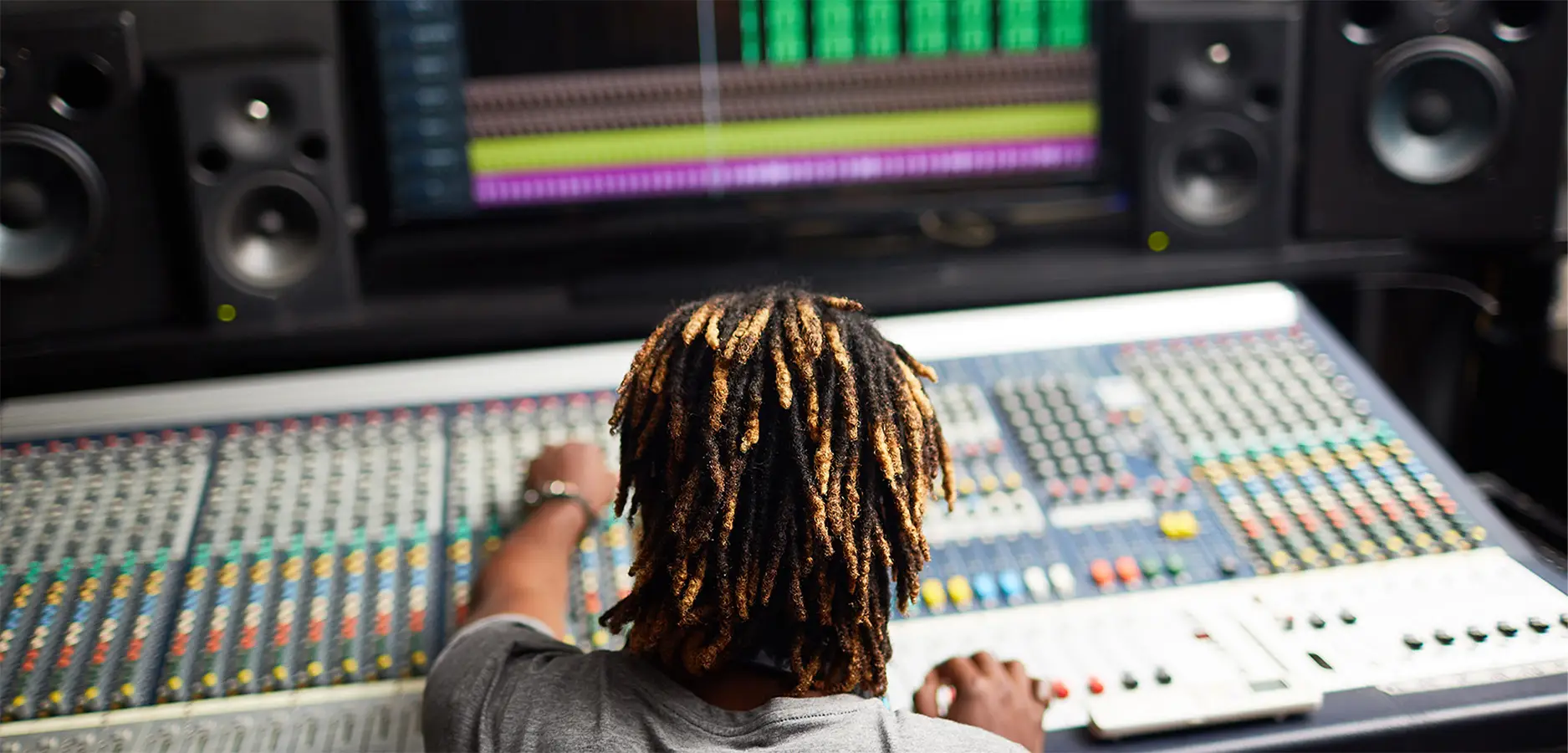In this article:
Producers love sound. That’s obvious. We stack layers, automate movement, fill gaps with FX and atmospheres. But sometimes, the thing your track really needs isn’t more—it’s space.
Silence, negative space, absence—whatever you want to call it—it’s not just the lack of noise. It’s a tool, and when used intentionally, it can make everything else hit harder, feel deeper, and connect stronger.
Let’s talk about why silence matters and how to actually use it.
1. The Illusion of Impact: Why Silence Makes Sound Bigger
If everything in your track is loud and constant, nothing stands out. But when you strip things back, every new sound feels more important.
🔥 Why it works:
-
Silence creates contrast. A huge drop feels bigger if there’s a split-second pause before it hits.
-
The brain is wired to notice change. Going from nothing to something catches attention instantly.
-
It creates space for tension—that half-second before the kick returns is what makes people throw their hands up.
🎛 Try this:
-
Mute the last beat of your build-up before the drop. Let the tension hang for just a moment longer.
-
Use a tiny gap before your clap or snare to make it punchier.
-
Cut everything but reverb tails or FX for a bar in the breakdown. Let the atmosphere breathe.
2. Letting Things Breathe: Making Your Mix Less Claustrophobic
Too much going on in every frequency range makes your mix feel crowded, even if the sounds are good. Strategic silence (or just less) helps the track breathe.
🔥 Why it works:
-
Your ears get tired when there’s too much happening all the time. Space lets people re-engage.
-
Silence (or minimal elements) draws attention to what’s playing—your main hook, your vocal, your groove.
-
It adds clarity—fewer overlapping elements = better separation and punch.
🎛 Try this:
-
Drop out the drums for 2–4 bars mid-track to create contrast.
-
Use call-and-response: let your lead play, then leave space before the next phrase.
-
Instead of layering five FX sounds, pick one… then leave space around it.
3. Groove Needs Gaps
Groove isn’t just about rhythm—it’s about placement and absence. Where you don’t place a sound is just as important as where you do.
🔥 Why it works:
-
Gaps create syncopation, swing, and bounce.
-
The listener anticipates the next hit, which makes it feel heavier when it lands.
-
Silence between hits creates micro-tension, adding movement and momentum.
🎛 Try this:
-
Cut short your percussions or hats earlier than expected. Let the space speak.
-
Instead of layering more percussion, remove a sound and listen—does it groove harder?
-
Shift your snare or clap slightly off-grid, then leave a little silence behind it.
4. Emotional Weight: Silence as a Storytelling Tool
Silence doesn’t just shape rhythm—it adds emotion. A pause before a vocal returns. A stripped-down moment before the final chorus. Silence gives meaning to what comes after it.
🔥 Why it works:
-
Emptiness in a track creates vulnerability, tension, or suspense.
-
It resets the listener’s ear and makes the return of full elements feel powerful.
-
It helps structure a track emotionally, not just technically.
🎛 Try this:
-
End your breakdown with complete silence—then slam into the drop.
-
Leave a 2-bar gap after a vocal phrase and let the reverb tail decay into space.
-
Strip your track down to a single element in the bridge, then build it back slowly.
5. Silence in Mastering: Final Polish or Missed Opportunity?
Even in mastering, silence matters. The space between tracks in an album or EP can affect flow, energy, and emotion.
🔥 Why it matters:
-
A short silence between two high-energy tracks creates momentum.
-
A longer pause before a deeper track lets listeners reset emotionally.
-
Leaving a little tail or ambient decay after the last note can feel cinematic.
🎛 Try this:
-
Add 1–2 seconds of intentionally chosen silence at the end of your track—don’t just let it cut off.
-
Control your fade-outs or reverb tails—those last few seconds stick with listeners.
-
In DJ tools or extended versions, use silence to help set up transitions or moments in a set.
Final Thoughts: Silence Is Not Empty
We’re all obsessed with sound, understandably. But silence is a weapon, and when you start using it with intention, your music opens up. Drops hit harder, grooves feel tighter, and emotional moments land deeper.
Don’t think of silence as something missing.
Think of it as part of the music—a choice, not a void.
Start listening to the spaces between the sounds. That’s where the magic hides.
Read other articles
 April 4, 2025
April 4, 2025Stop Letting AI Master Your Tracks (Here’s What You’re Missing)
Stop Letting AI Master Your Tracks (Here’s What You’re Missing)
 April 4, 2025
April 4, 2025AI Mastering vs Human Ears: Why Real Experience Still Wins
AI Mastering vs Human Ears: Why Real Experience Still Wins
 April 4, 2025
April 4, 2025What You Learn from Watching Your Track Get Mixed
What You Learn from Watching Your Track Get Mixed

